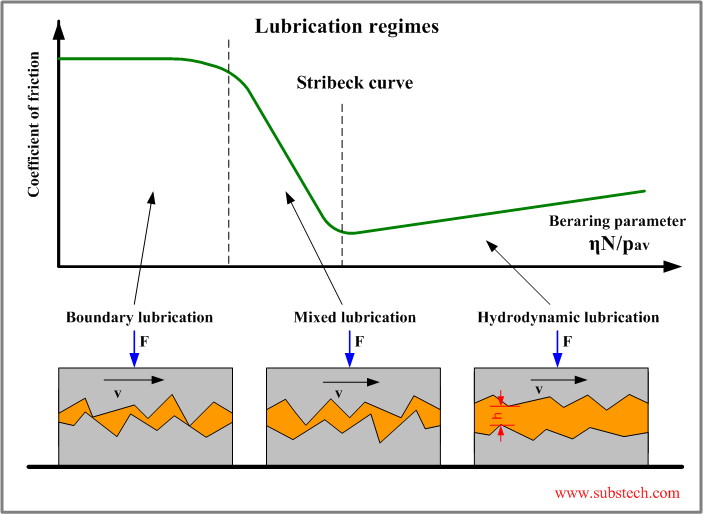Main page
About us
Sliding Bearings Consulting
Advertising Opportunities

SubsTech’s sister website Smooth Sliding provides independent engineering consulting services that help you to solve engine bearing related issues: failures, material selection, geometry design and optimization of hydrodynamic conditions.
Smooth Sliding is an engineering consulting company run by Dr. Dmitri Kopeliovich:
- VP R&D of King Engine Bearings.
- World leading expert (32 years of experience) in design, technology and materials for Engine bearings in applications such as automotive, renewable energy, aviation, racing and others.
- Founder and owner of SubsTech (Substances & Technologies) – a leading professional website on Materials Science and Engineering.
- Author of numerous scientific and engineering publications and patents.
- Founder and owner of Smooth Sliding.
For further information and for requesting consulting services please visit our sister website Smooth Sliding.
to Metals
to Engine bearings
Lubrication regimes
Dr. Dmitri Kopeliovich
Sliding friction is significantly reduced by an addition of a lubricant between the rubbing surfaces.
Engine bearings are lubricated by Engine oils constantly supplied in sufficient amounts to the bearings surfaces.
Lubricated friction is characterized by the presence of a thin film of the pressurized lubricant (squeeze film) between the surfaces of the bearing and the journal.
The ratio of the squeeze film (oil film) thickness h to the surface roughness Ra determines the type of the lubrication regime:
- Boundary lubrication (h<Ra).
A constant contact between the friction surfaces at high surface points (microasperities) occurs at boundary lubrication.
This regime is the most undesirable since it is characterized by high coefficient of friction (energy loss), increased wear, possibility of seizure between the bearing and journal materials , non-uniform distribution of the bearing load (localized pressure peaks). Very severe engine bearing failures are caused by boundary lubrication.
Conditions for boundary lubrication are realized mainly at low speed friction (engine start and shutdown) and high loads.
Extreme pressure (EP) additives in the lubricant prevent seizure conditions caused by direct metal-to-metal contact between the parts in the boundary lubrication regime.
- Mixed lubrication (h~Ra).
An intermittent contact between the friction surfaces at few high surface points (microasperities) occurs at mixed lubrication.
Mixed lubrication is the intermediate regime between boundary lubrication and hydrodynamic friction.
- Hydrodynamic lubrication (h»Ra).
High rotation speed at relatively low bearing loads results in hydrodynamic friction, which is characterized by stable squeeze film (oil film) between the rubbing surfaces.
No contact between the surfaces occurs in hydrodynamic lubrication.
The squeeze film keeps the surfaces of the bearing and the shaft apart due to the force called hydrodynamic lift generated by the lubricant squeezed through the convergent gap between the eccentric journal and bearing.
Bearings working under the conditions of hydrodynamic lubrication are called hydrodynamic journal bearings.

The three lubrication regimes are clearly distinguished in the Striebeck curve (see the figure above), which demonstrates the relationship between the coefficient of friction and the bearing parameter η*N/pav (η - dynamic viscosity of the lubricant, N - rotation speed, pav - average bearing pressure).
Stability of different lubrication regimes may be explained by means of the Striebeck curve:
Temperature increase due to heat generated by friction causes drop of the lubricant viscosity and the bearing parameter.
According to the Striebeck curve decrease of the bearing parameter in mixed regime causes increase of the coefficient of friction followed by further temperature rise and consequent increase of the coefficient of friction. Thus mixed lubrication is unstable.
Increase of the bearing parameter due to temperature rise (lower viscosity) in hydrodynamic regime of lubrication causes the coefficient of friction to drop with consequent decrease of the temperature. The system corrects itself. Thus hydrodynamic lubrication is stable.
to top
Related internal links
to Metals
to Engine bearings


